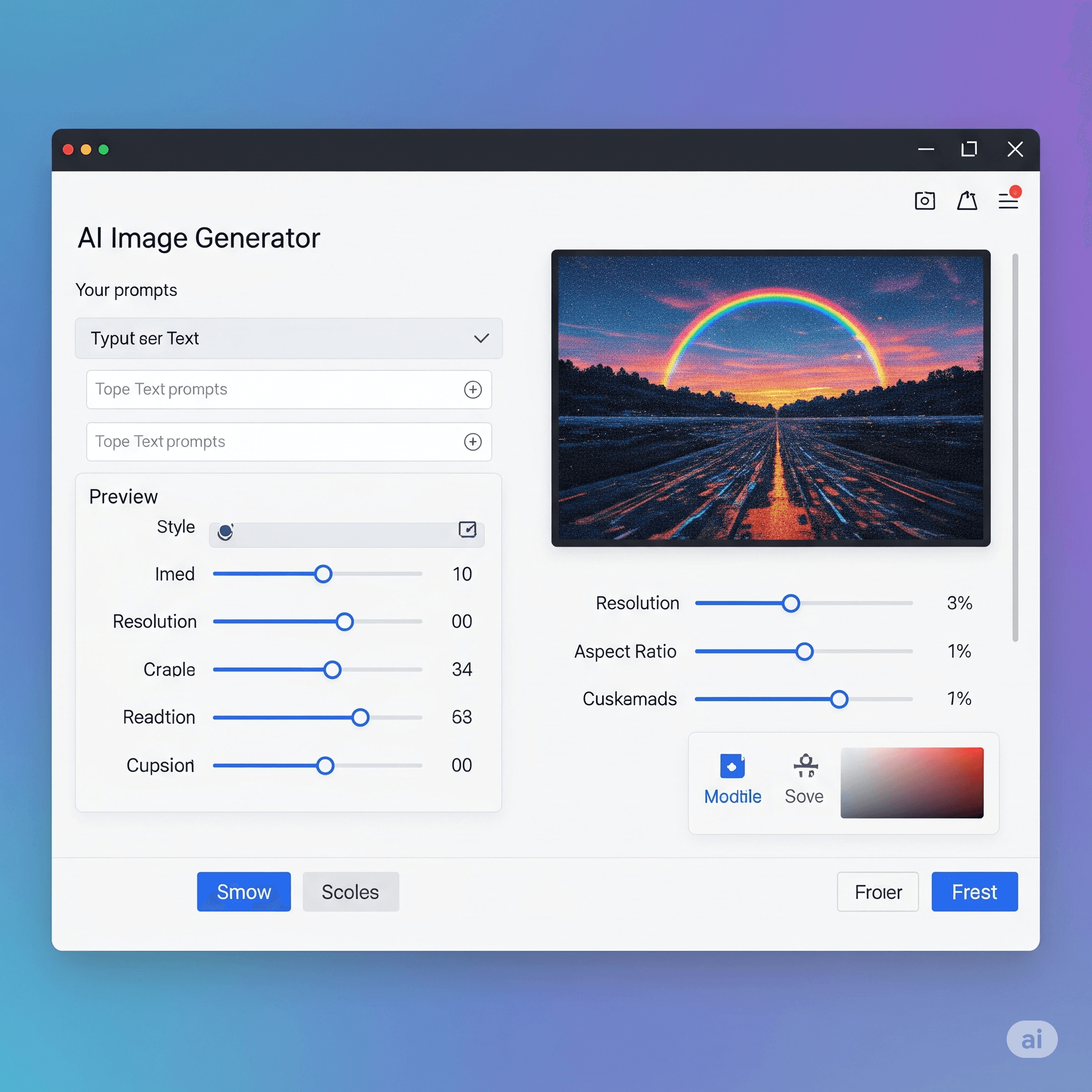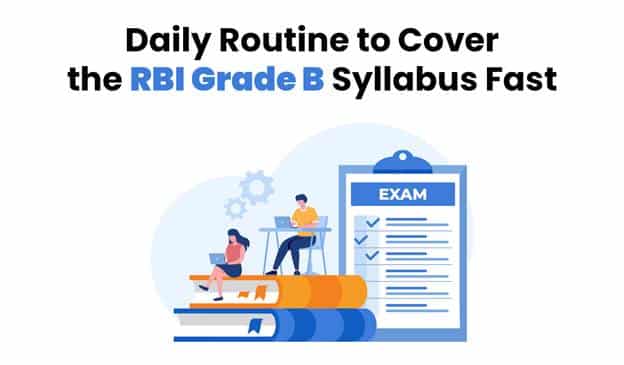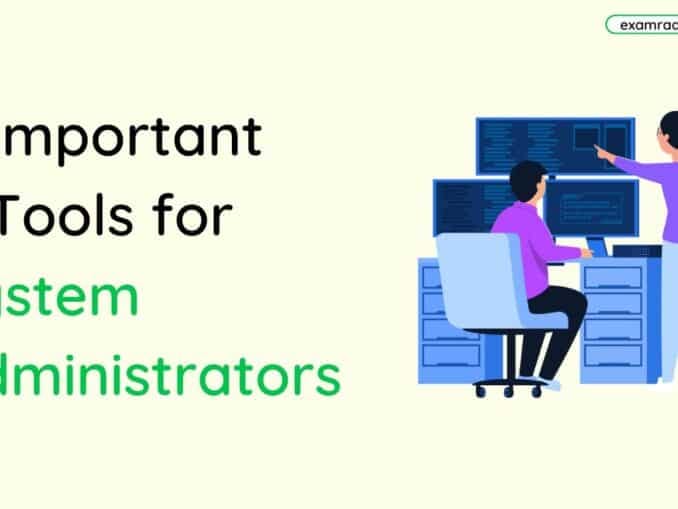Question: To use the services of UDP, we need ________ socket addresses.
Answer:
- To use the services of UDP (User Datagram Protocol), we need two socket addresses: a source socket address and a destination socket address. A socket address is a combination of an IP address and a port number, which identifies a unique endpoint of a communication channel. In UDP, the source socket address identifies the sender of the data, while the destination socket address identifies the receiver of the data.
- The source socket address is assigned by the operating system or the application that initiates the communication, and it includes the IP address and port number of the sending process. The destination socket address is specified by the receiving process, and it includes the IP address and port number of the destination process. When the UDP packet is sent, the source and destination socket addresses are included in the UDP header to enable the receiving process to identify the sender and the intended recipient of the data.
MCQ: To use the services of UDP, we need ________ socket addresses.
Correct Answer:
A. four
Explanation:
- To use the services of UDP (User Datagram Protocol), we need two socket addresses: a source socket address and a destination socket address. A socket address is a combination of an IP address and a port number, which identifies a unique endpoint of a communication channel. In UDP, the source socket address identifies the sender of the data, while the destination socket address identifies the receiver of the data.
- The source socket address is assigned by the operating system or the application that initiates the communication, and it includes the IP address and port number of the sending process. The destination socket address is specified by the receiving process, and it includes the IP address and port number of the destination process. When the UDP packet is sent, the source and destination socket addresses are included in the UDP header to enable the receiving process to identify the sender and the intended recipient of the data.
Discuss a Question
Related Questions
- 1. UDP packets are called __________ .
- 2. UDP packets have a fixed-size header of _______ bytes.
- 3. TCP is a __________ protocol.
- 4. TCP groups a number of bytes together into a packet called a ___________.
- 5. TCP is a(n) ___________ protocol.
- 6. TCP is a(n) _______ transport protocol.
- 7. TCP uses _________________ to check the safe and sound arrival of data.
- 8. The bytes of data being transferred in each connection are numbered by TCP. The numbering starts with a __________________.
- 9. In TCP, the sequence number for each segment is the number of the _______ byte (virtual byte) carried in that segment.
- 10. Communication in TCP is ___________.
You may be interested in:
Computer Networking MCQs






